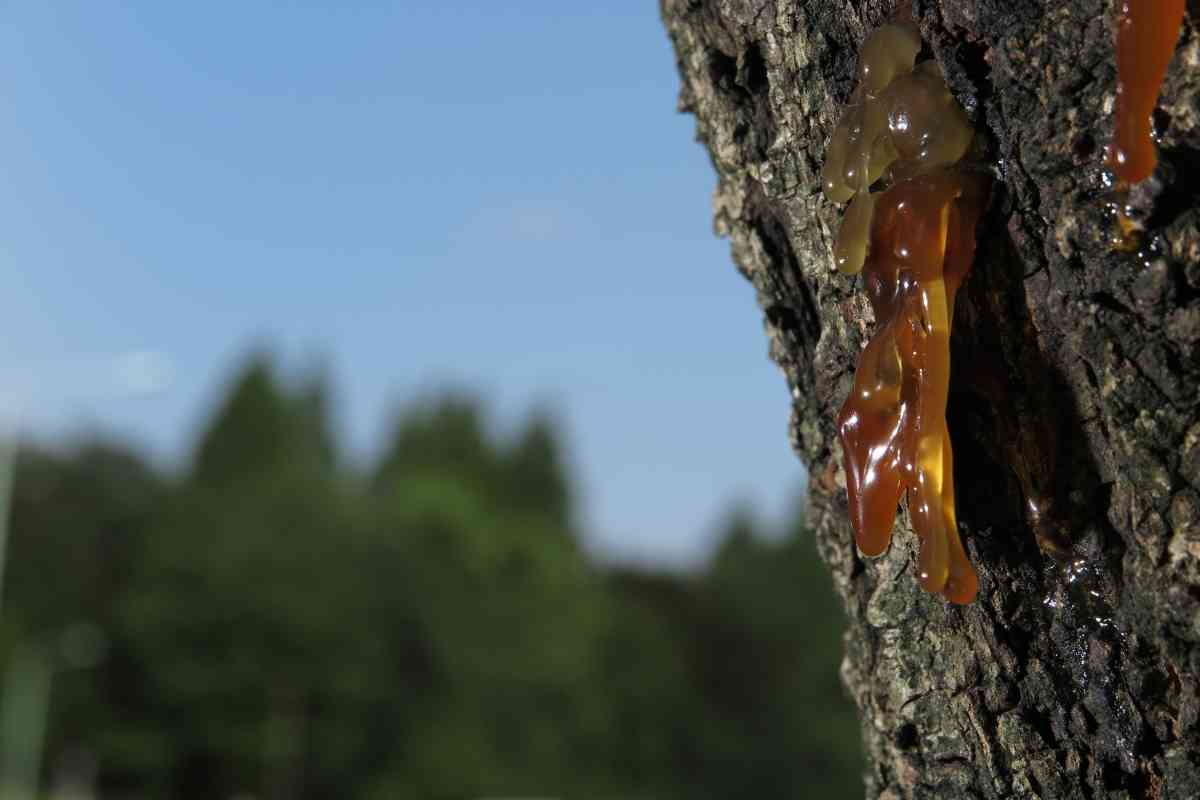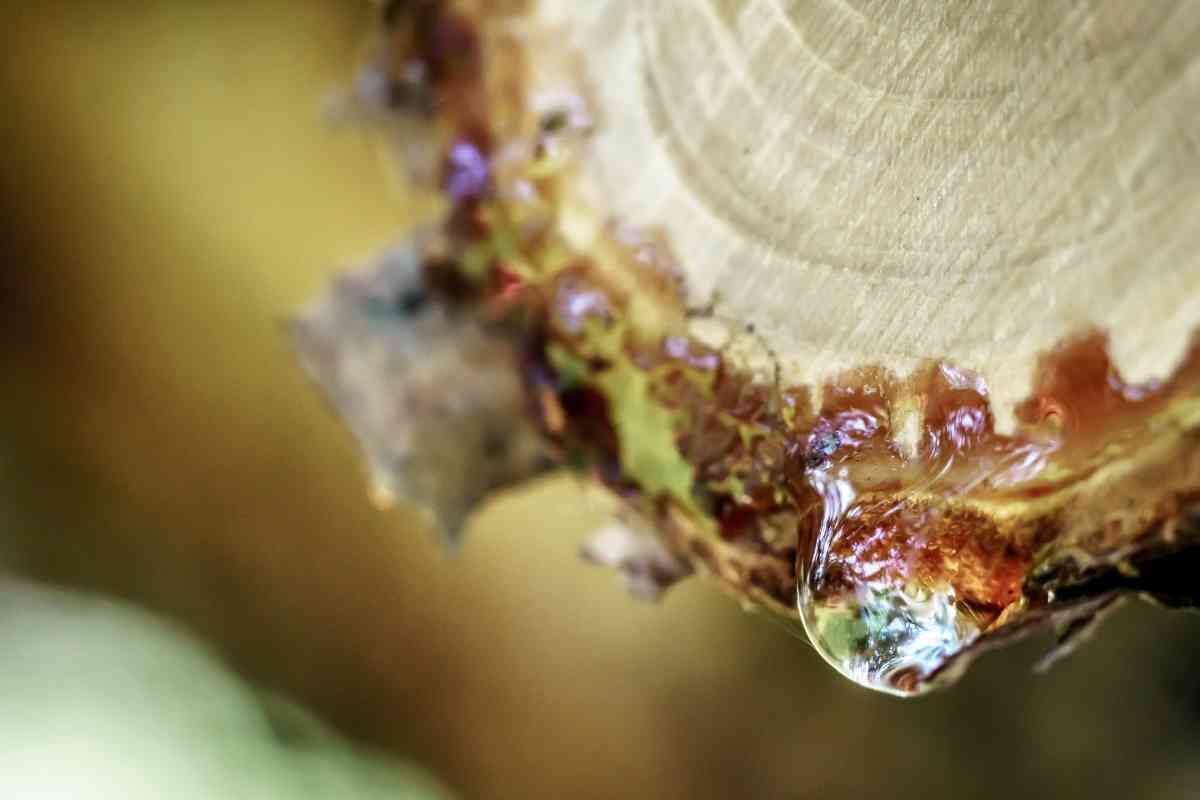4 Easy Ways To Remove Tree Sap From A Car Window
Tree sap can create quite a mess on your vehicle’s windshield and windows. How do you get the sticky stuck off your auto glass? Sap from your trees in the wrong spot can make seeing out of your windshield and windows a bit difficult, and it doesn’t look very good. We are ready to offer some helpful tips to remove sap from your car.

How do you get tree sap off of a car window?
The best ways to remove tree sap are with ice, rubbing alcohol, or white vinegar. All three are capable of either freezing sap or dissolving it to make sap easier to remove. The most important factor in all three of these is time.
We’ll explain how to use ice, rubbing alcohol, or white vinegar in an effort to regain a clear view for your car window or windshield. The process is easy, but we love to provide details.
We’ve consulted with a few sources about the easiest and best way to remove tree sap so you don’t have to scour the Internet for multiple sources.
How to remove tree sap from your car windows
Ice
This is more helpful when the tree sap hasn’t fully hardened onto your glass yet, so this is better off when the sap is a bit fresh. You’ll want a pair of work or winter gloves because unless you find a way to keep ice on a vertical plane of glass, you’ll likely be holding onto ice chunks for a few minutes.
Take some ice cubes and hold them onto the sap area for a few minutes. This should still work on a hot day, though the ice will start to melt in your hands! Rub and hold until the sap becomes hard.
Once the sap becomes hard, it will be much easier to quickly scrape the sap off with a plastic ice scraper or even your hands. We suggest something plastic instead of metal because plastic doesn’t scrape or damage your windshield.

Rubbing alcohol
For sap that has been on the glass for a little while longer, you’ll want to work with more potent rubbing alcohol. This is probably available in your medicine cabinet or first aid kit. We also suggest wearing gloves while using rubbing alcohol because getting too much on doesn’t smell great, and there is a slight risk of organ damage if you spill it excessively.
Put the alcohol on a soft cloth, preferably microfiber for its combination of gentleness and subtle rough spots. Place the soft over the affected sap. You don’t necessarily need to rub – you can let it sit there for a few minutes.
After a few minutes are over, rub the sap in a circular motion. Once softened, the sap should be easy to remove in gentle motions. If this doesn’t work, add more pressure or remoisten the cloth with more rubbing alcohol.
Rubbing alcohol will soften or melt the sap. It’s also possible to use a scraped in this scenario, though ideally, the process will make it soft enough to just wipe away.
It’s also worth saying that instead of rubbing alcohol, you could use hand sanitizer.
Vinegar
Using vinegar is very similar to using alcohol. The smell isn’t great, but it also doesn’t have any harmful effects – who cares if you spill?
Spray the sap covered area liberally. Let this spray sit for a few minutes so it can set into the sap and begin to soften it. Using a microfiber cloth, rub in a circular motion and apply more vinegar as needed. Use some soapy, hot water to rinse the area. You should be able to either wipe the sap away, or again, scrape it.
Vegetable Oil
This is admittedly not our first choice and is most effective when sap is already soft or very recently fallen. You could rub vegetable oil in an attempt to make it slippery enough to move.
Should I use a knife?
A knife or metal blade is highly effective at removing tree cap by cutting it off. Using one also presents a risk of accidentally gashing your windshield by cutting through the sap or missing.
Our suggestion is to try to use your Exacto knife blade horizontally to remove the sap and keep your blade parallel to the window. In this situation, you can scrape off most of the sap, then get the rest with a lower risk tool like a microfiber cloth or plastic scraper.
Avoiding tree sap
While we could tell you to avoid parking under pine trees, that is much easier said than done. We have been forced to park under pine trees at home, only to have frequent dealings with bird droppings and sap. Needless to say, we’ve followed our own instructions a few times!
Another effective way to prevent tree sap is with a windshield cover. These are often washable and during the height of sap season, you can put it over your car and take it off when you need to. A window cover is also often washable, making it way easier to manage than glass.
Why is sap bad for windshields?
Sap can be especially bad on your windshield because the sticky substance can inhibit your view, and even your windshield wipers.
The motor on your windshield wipers has a limited amount of power, and if sap gets high enough, they can be prevented from fully moving up and down your entire windshield. This is definitely bad news when trying to drive in heavy rain or snow. Hardened sap can even bend or otherwise damage windshield wipers.
The sap itself isn’t harmful to glass, necessarily. You will want to remove sap from paint right away as it only gets harder to remove and can damage the finish of your vehicle.
Why move the microfiber cloth in a circular, small pattern?
There is a risk that you’ll be moving sap around a bit while trying to clean your windshield. By making small movements, you’ll be more able to apply the pressure you need while reducing the risk that you spread sap rather than removing it.
Why is tree sap so hard to remove?
Tree sap consists of water, sugar, minerals, and nutrients. Scientists believe that tree sap is actually a bug defense, as tiny critters have a hard time moving through the stuff, making them less of a threat to eat the tree’s wood or steal excessive moisture.
The sap “thinks” that its still preventing something from happening.

Thanks for the information. Haven’t tried any of the solutions yet but will be doing that soon. Thanks again!